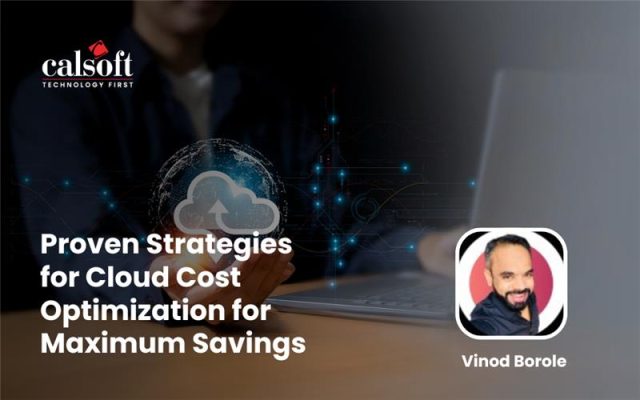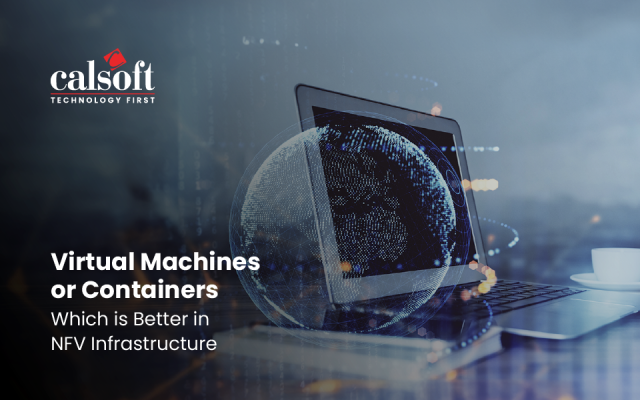This article is originally published on my personal blog. I am re-publishing it here.
In my last article, we discussed how DevOps approach can be converged in NFV and had brief mention about the application of DevOps for VNFs into NFV architecture. In this article, let’s talk about the need for cloud-native Virtual Network Functions (VNFs).VNFs are a software implementation of network function equipment packaged in the virtual machine, on top of COTS hardware NFV infrastructure. VNFs are core part of NFV. As we know, the base of NFV was to virtualize the network functions and make it software-based to reduce cost and gain full control over network operations with added agility and flexibility benefits. We can say that the majority of NFV operations are focused towards how VNFs can be served in NFV infrastructure to introduce new services for consumers. In the future, we can expect major developments will be related to VNFs only.
Download our ebook – A Deep-Dive On Kubernetes For Edge, focuses on current scenarios of adoption of Kubernetes for edge use cases, latest Kubernetes + edge case studies, deployment approaches, commercial solutions and efforts by open communities.
VNFs and NFV are separated by the fact that VNFs are provided by external vendors or open source communities to service providers who are transitioning their infrastructure to NFV. There may be several VNFs which combine to form a single service for NFV.1 This adds complexity to overall NFV purpose of agility where VNFs from different vendors need to deploy in NFV infrastructure having a different operational model. VNFs developed by different vendors have different methodologies for complete deployment in existing NFV environment. Onboarding VNFs remains a challenge due to the lack of standard processes for complete management from development to deployment and monitoring.
At basic level, traditional VNFs comes with limitations such as
- VNFs consumes huge amount of hardware to be able to highly available
- VNFs are developed, configured and tested to run for specified NFV hardware infrastructure
- Need manual installation, configuration, and deployment on NFVi
- API not provided for VNF to enable automated scaling, configuration to serve the sudden spike in demand for utilization
- Not supporting multi-tenancy. VNFs cannot be easily shared in infrastructure for reuse.
Building cloud-native VNFs is a solution for vendors and this is a revolution in software development to have all cloud-native characteristics to VNFs. Features we can expect as cloud-native VNFs are – containerized functions, microservices-based, dynamically managed and specifically designed for orchestration. The major differentiator of cloud-native VNFs from traditional VNFs could be self-management capability and scalability.
Building cloud-native VNFs overcomes above discussed limitations of traditional VNFs and gives below benefits
- Cloud-native VNFs have APIs which enables
- automated installation and configuration
- automated scaling when dynamic requirement from network
- self-healing or fault-tolerant
- automated monitoring and analysis of VNFs for errors, capacity management, and performance
- automated upgrading and updating VNFs for applying new releases and patches
- Standard and simplified management enable less power consumption. Reduction of un-necessary allocated resources.
- Reusability and sharing of processes within VNFs can be achieved. VNFs can be easily shared within NFV environment.
NFV is a key technology used in the development of 5G networks. But NFV is going through a maturation stage where NFV solution providers are resolving many challenges like automated deployment, VNF onboarding, etc. Developing VNF and deploying into NFV infrastructure sounds simple but it raises various questions when it comes to scale, configure or update VNFs. Any task related to VNFs need manual intervention leads to more time consumption for launching or updating new services for service providers. To deliver the promise of agility by NFV in 5G need exceptional automation at every level of NFV development. Building cloud-native VNFs seems to be the solution but it is at very early stage.
1. VNF Onboarding – the first step to a successful NFV deployment






